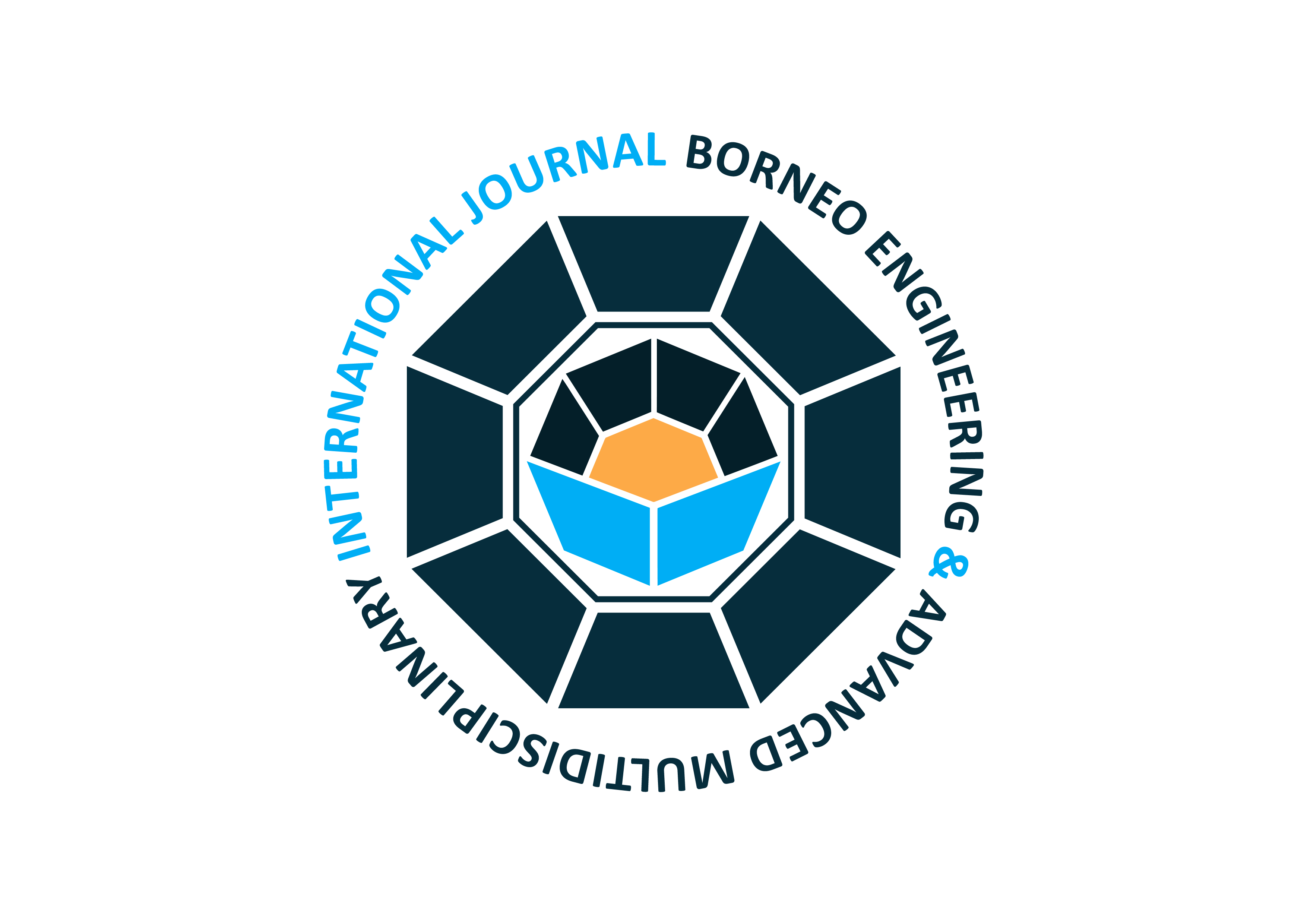The Study of Wood Waste Disposal Using Portable Incinerator
Keywords:
Portable incinerator, air pollutions, sustainability indicatorAbstract
The increment in solid waste production is influenced by economic development, population growth, and the development of local industrial activities. Portable Incinerator is an innovation developed to reduce the problem of waste disposal site management. This study consists of three objectives which are, to produce a portable incinerator, to determine the effectiveness of full combustion time, and the quality of smoke produced. The scope of this study is Civil Engineering Wood Workshop Politeknik Mukah. The methodology of this study is qualitative, and observations are made during the combustion test. Pollution readings are taken every 5 minutes, during combustion, until it is completed. Combustion is carried out in two ways, namely, using a blower and without a blower. The air quality tested was Carbon Dioxide (CO²), Total of Volatile Organic Compounds (TVOC) and Formaldehyde (HCHO). Based on observations, full combustion using a blower, for five kilograms of wood waste is 16:19:30 minutes, and full combustion without a blower is 21:34:38 minutes. It was found that pollution occurred at the 15th minute. The reading of Co2 is1818 ppm. Based on the Air Quality table, the appropriate value for Co2 is less than 1000 ppm. Despite this, portable incinerators managed to completely dispose of the wood waste, where there is no wood waste left and the ash produced is very minimal.














